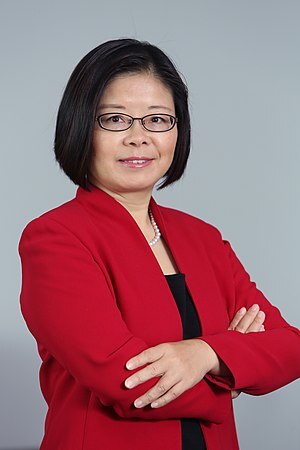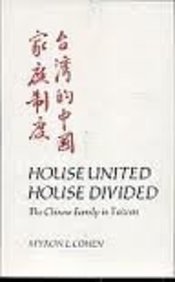

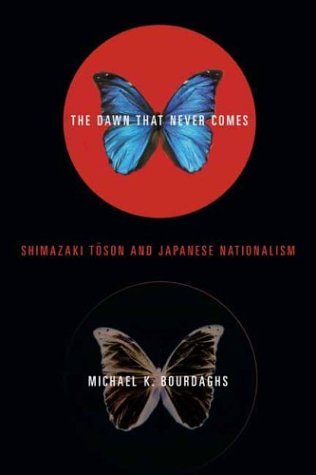
Books in series

House United, House Divided
1976

China's Crisis
1990

The Dawn That Never Comes
Shimazaki Toson and Japanese Nationalism
2003
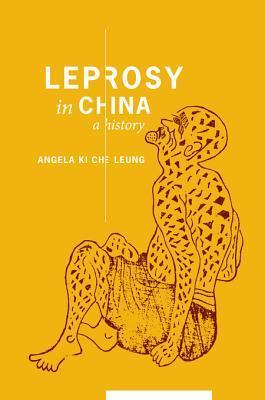
Leprosy in China
A History
2008
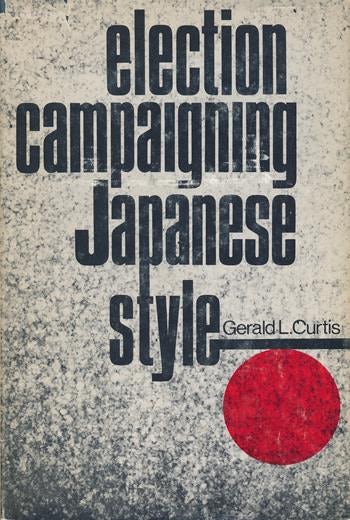
Election Campaigning Japanese Style
1971
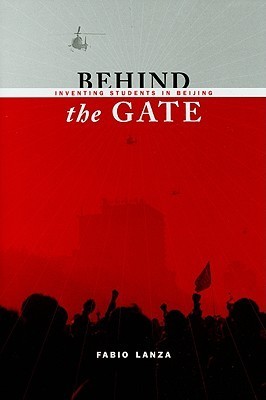
Behind the Gate
Inventing Students in Beijing
2010
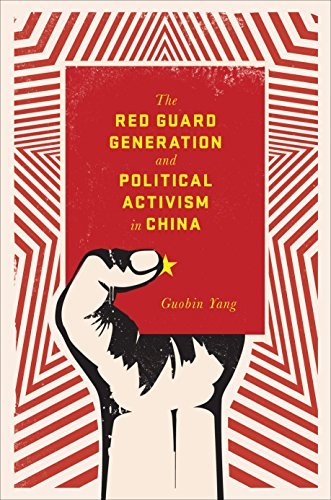
The Red Guard Generation and Political Activism in China
2016
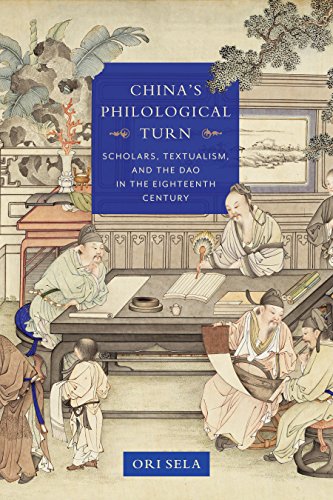
China's Philological Turn
Scholars, Textualism, and the Dao in the Eighteenth Century
2018
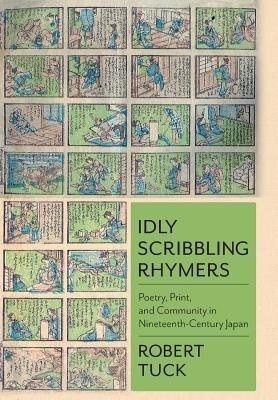
Idly Scribbling Rhymers
Poetry, Print, and Community in Nineteenth-Century Japan
2018
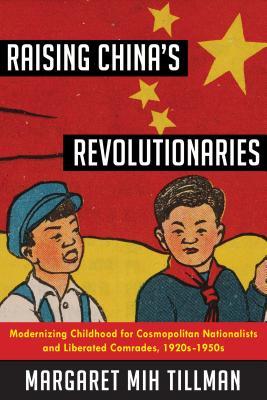
Raising China's Revolutionaries
Modernizing Childhood for Cosmopolitan Nationalists and Liberated Comrades, 1920s-1950s
2018
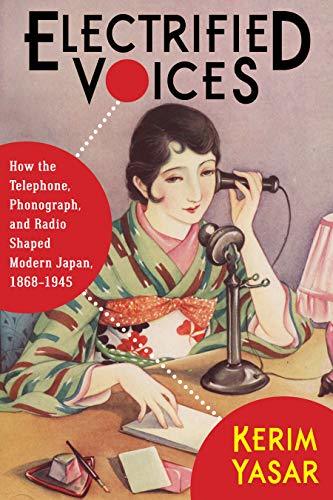
Electrified Voices
How the Telephone, Phonograph, and Radio Shaped Modern Japan, 1868–1945
2018
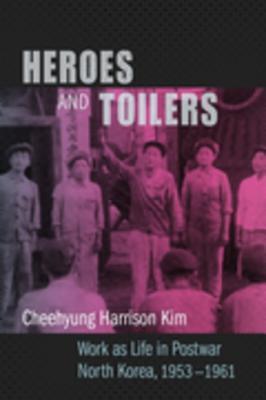
Heroes and Toilers
Work as Life in Postwar North Korea, 1953–1961
2018

Food of Sinful Demons
Meat, Vegetarianism, and the Limits of Buddhism in Tibet
2017

Fixing Landscape
A Techno-Poetic History of China’s Three Gorges
2019
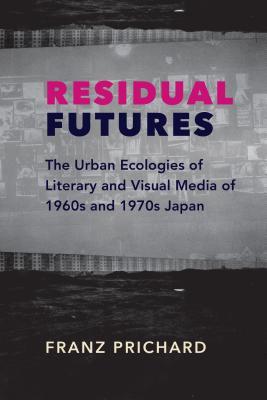
Residual Futures
The Urban Ecologies of Literary and Visual Media of 1960s and 1970s Japan
2019
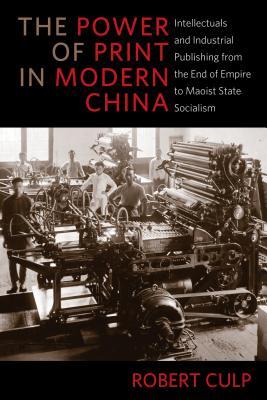
The Power of Print in Modern China
Intellectuals and Industrial Publishing from the End of Empire to Maoist State Socialism
2019

Vernacular Industrialism in China
Local Innovation and Translated Technologies in the Making of a Cosmetics Empire, 1900–1940
2020

Homecomings
The Belated Return of Japan's Lost Soldiers
2016
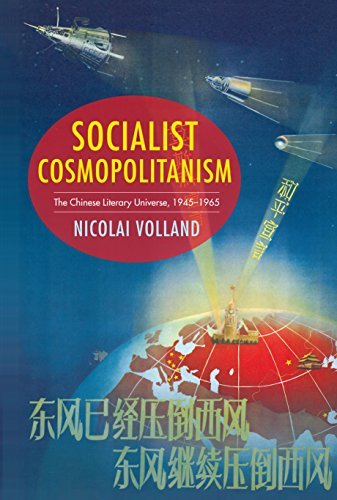
Socialist Cosmopolitanism
The Chinese Literary Universe, 1945-1965
2017
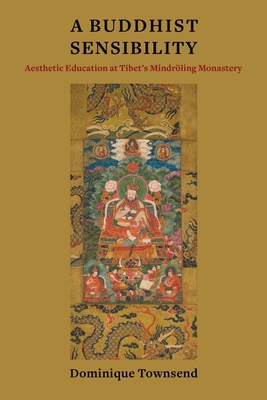
A Buddhist Sensibility
Aesthetic Education at Tibet's Mindröling Monastery
2021
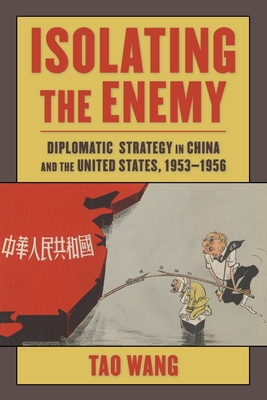
Isolating the Enemy
Diplomatic Strategy in China and the United States, 1953–1956
2021
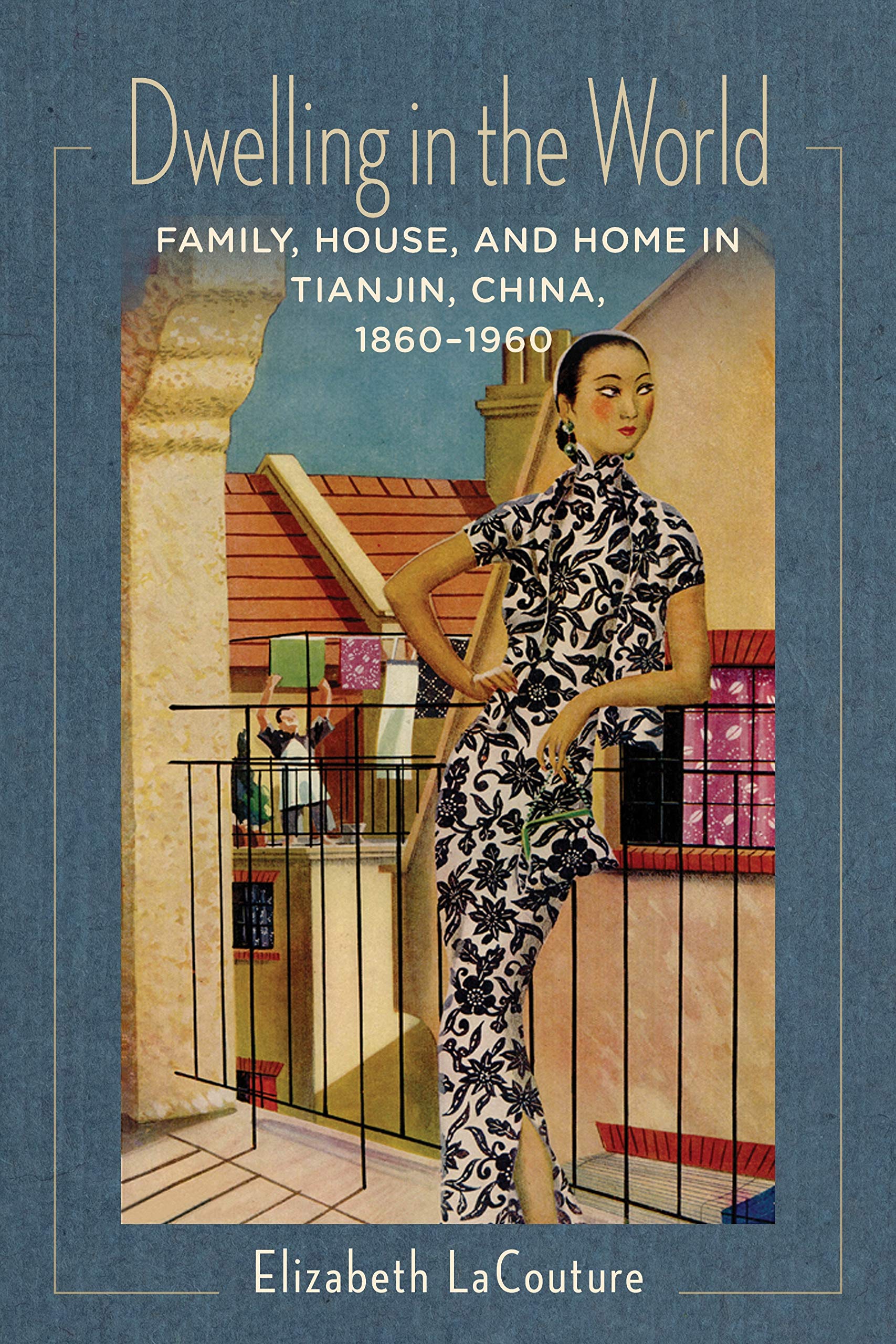
Dwelling in the World
Family, House, and Home in Tianjin, China, 1860–1960
2021
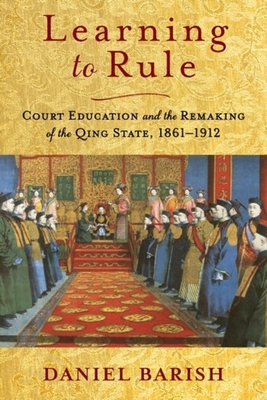
Learning to Rule
Court Education and the Remaking of the Qing State, 1861–1912
2022
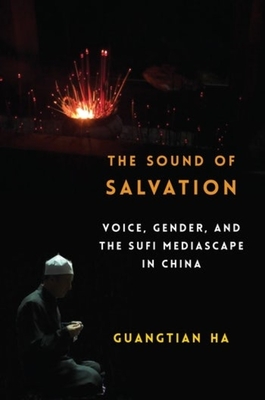
The Sound of Salvation
Voice, Gender, and the Sufi Mediascape in China
2022
Authors

Andrew J. Nathan is Class of 1919 Professor of Political Science at Columbia University. His teaching and research interests include Chinese politics and foreign policy, the comparative study of political participation and political culture, and human rights. He is engaged in long-term research and writing on Chinese foreign policy and on sources of political legitimacy in Asia, the latter research based on data from the Asian Barometer Survey, a multi-national collaborative survey research project active in eighteen countries in Asia. Born on April 3, 1943, in New York City, Professor Nathan received his degrees from Harvard University: the B.A. in History, summa cum laude, in 1963; the M.A. in East Asian Regional Studies in 1965; and the Ph.D. in Political Science in 1971. He taught at the University of Michigan in 1970-71 and has been at Columbia University since 1971.
